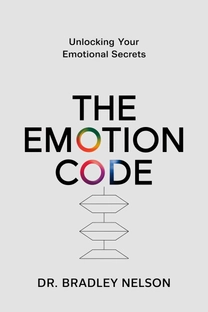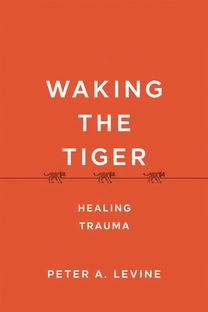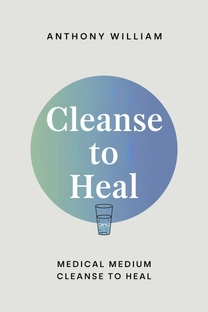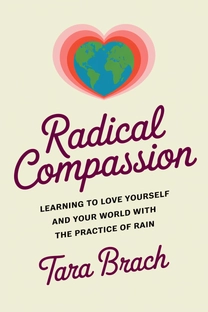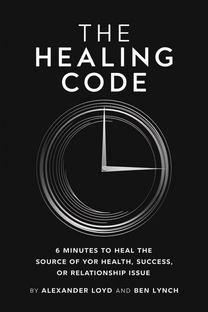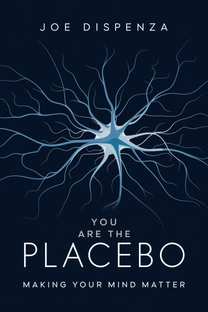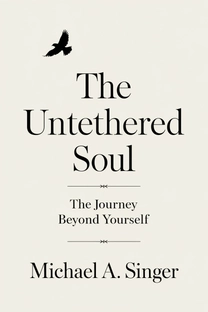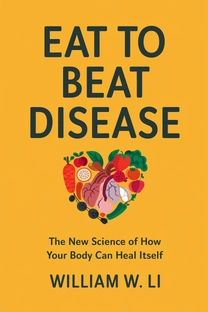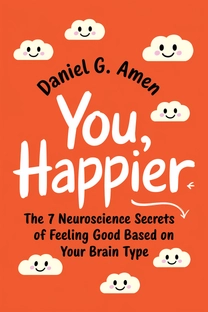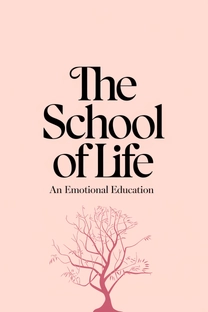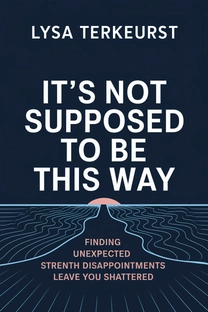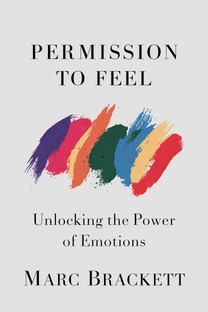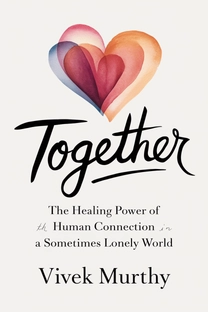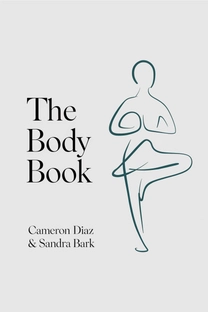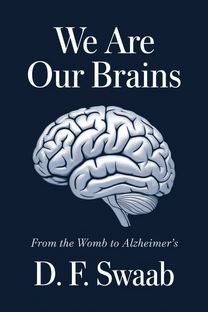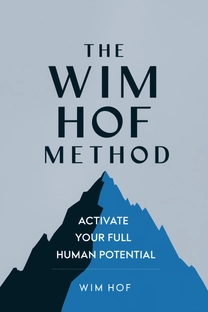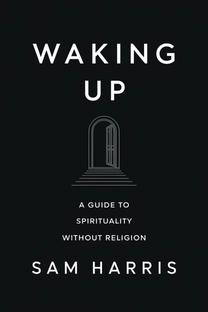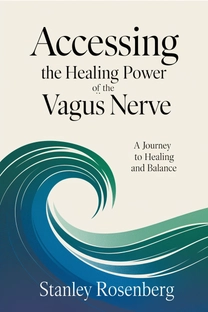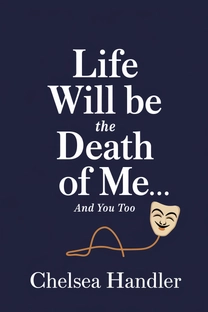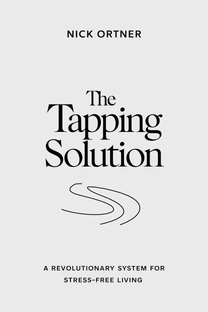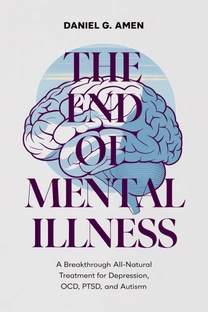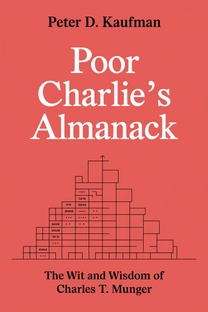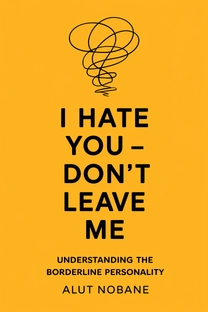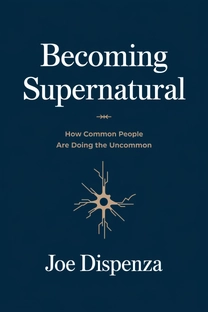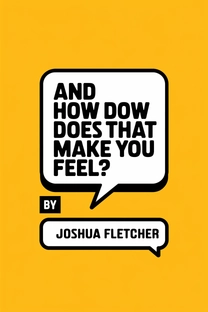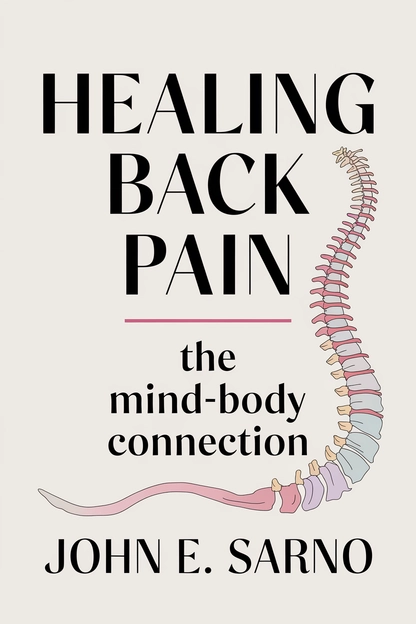
Healing Back Pain
The Mind-Body Connection
by John E. Sarno
Brief overview
This book reveals how chronic back pain can often stem from unresolved emotions rather than structural defects. By uncovering the mind’s role in fueling tension and pain, it lays out a path toward healing through knowledge, emotional awareness, and renewed confidence in your body. Expect empowering examples, practical guidance, and a fresh perspective on long-term relief.
Introduction: Unraveling Chronic Pain
Imagine waking up each morning dreading that sharp twinge in your lower back. The usual story from doctors might revolve around disc degeneration or structural issues, yet you still struggle day after day. This book proposes that the real cause of persistent back pain may lie deeper—in the realm of hidden emotions.
Referred to as Tension Myositis Syndrome (TMS), this concept suggests our bodies and minds are interconnected in ways we rarely suspect. Stress, fear, and repressed anger can fuel a cycle of discomfort that standard treatments often fail to break. By investigating these psychological roots, we begin to see relief from a new angle.
Here, we’ll explore a range of patient stories, insights, and methods for moving beyond chronic pain. Through these pages, you’ll learn to recognize patterns of thought and emotion that sabotage your body’s natural resilience.
We start with an invitation: keep an open mind. Traditional medicine may have overlooked the psychological dimension for too long, but acknowledging it can spark real transformation. Let’s begin by rethinking why pain persists and what we can do to overcome it.
The Mind-Body Mystery
In conventional medicine, pain is often explained solely by physical abnormalities—like damaged discs or inflamed nerves. Yet for many people, these physical explanations don’t fully solve the puzzle. That’s where the mind-body link enters the spotlight: it suggests that our emotional world can spark or sustain real pain.
Anxiety, guilt, anger—these emotions do more than rattle our thoughts. They can alter how our body systems function, restricting blood flow to muscles and nerves. This leads to “oxygen deprivation,” a key idea in TMS. When tissues don’t get enough oxygen, they hurt.
The brain uses pain as a distraction from uncomfortable feelings. Instead of allowing us to address real emotional turmoil, it pushes the body to deliver a warning: “Fix me!” By keeping us preoccupied with physical discomfort, deeper issues remain hidden. This is the genius—and the trap—of TMS.
As we unravel this idea, it’s natural to feel both curiosity and skepticism. But once you see the evidence and meet real people who overcame TMS, you’ll begin to sense how unacknowledged emotion deeply influences physical health.
What is Healing Back Pain about?
Healing Back Pain: The Mind-Body Connection by John E. Sarno offers a transformative look at chronic back pain, challenging the belief that the problem lies solely in structural defects. Drawing on the concept of Tension Myositis Syndrome, the book underscores how repressed stress, anger, and anxiety can restrict blood flow to muscles and nerves, leading to discomfort. Through real-life examples and understandable explanations, Sarno helps readers see that pain may originate more from hidden emotions than physical wear and tear.
By weaving psychological insights into practical guidance, the author reveals how becoming aware of emotional triggers can foster lasting pain relief. This knowledge-based approach boosts readers’ confidence in their own bodies, helping them break the cycle of worry and physical therapy that often fails to address deeper causes. In taking this mind-body approach, Healing Back Pain provides a path to renewed mobility and less fear around everyday strain.
Review of Healing Back Pain
What sets this book apart is its emphasis on understanding the role of the subconscious in creating chronic discomfort. Sarno builds on clear evidence that tension and repressed anger can spark pain—even in the absence of a structural injury. The chapters blend practical advice and personal stories to help you look beyond your usual treatment methods, opening the door to fresh insights about the emotional roots of physical distress.
You’ll find guidance on daily mental exercises, a candid discussion on when therapy can be beneficial, and straightforward tips for resuming normal activities without fear. The writing style is inviting, with minimal jargon, yet it resonates deeply with readers from all walks of life. While medical professionals will value its thorough approach, anyone seeking relief from persistent back pain can benefit from it. In the end, Healing Back Pain comes highly recommended for those ready to explore how emotional stress shapes their physical well-being.
Who should read Healing Back Pain?
- Individuals dealing with chronic back pain who suspect an emotional link
- Health professionals interested in mind-body approaches
- Therapists or counselors exploring psychosomatic conditions
- Busy professionals under high stress who experience recurring pain
- Anyone seeking holistic methods to address physical discomfort
About the author
Book summaries like Healing Back Pain
Why readers love Mindleap
10-Minute Book Insights
Get the core ideas from the world's best books in just 10 minutes of reading or listening.
Curated For You
Discover your next favorite book with personalized recommendations based on your interests.
AI Book ExpertNew
Chat with our AI to help find the best book for you and your goals.
Reviews of MindLeap
Love how I can get the key ideas from books in just 15 minutes! Perfect for my busy schedule and helps me decide which books to read in full.
Alex R.
The summaries are incredibly well-written and the audio feature is perfect for my commute. Such a time-saver!
Jessica M.
Great app for personal growth. The insights are clear and actionable, and I love how they capture the essence of each book.
Chris P.
The app is beautifully designed and the summaries are top-notch. Definitely worth every penny!
Sarah K.


